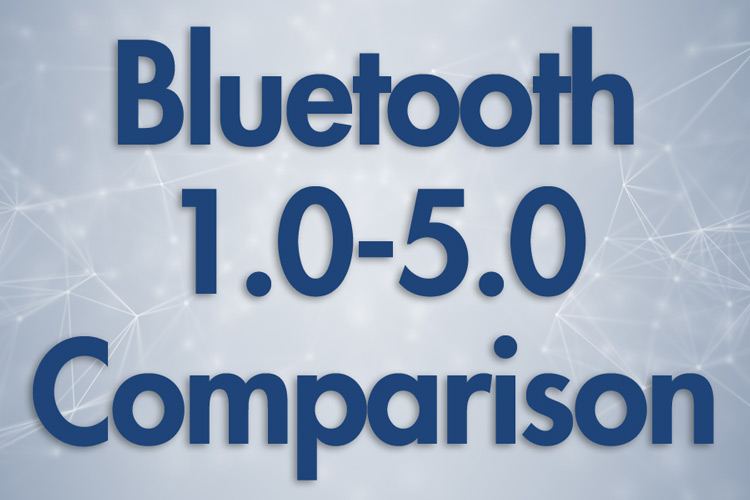- Home
- Braemac Blog
- 4G vs 5G - What's the Difference? | Symmetry Blog
4G vs 5G - What's the Difference? | Symmetry Blog
About Symmetry Electronics
Established in 1998, Symmetry Electronics, a Division of Braemac, is a global distributor of electronic components and systems. Combining premier components and comprehensive value-added services with an expert in-house engineering team, Symmetry supports engineers in the design, development, and deployment of a broad range of connected technologies.
Exponential Technology Group Member
Acquired by Berkshire Hathaway company TTI, Inc. in 2017, Symmetry Electronics is a proud Exponential Technology Group (XTG) member. A collection of specialty semiconductor distributors and engineering design firms, XTG stands alongside industry leaders TTI Inc., Mouser Electronics, and Sager Electronics. Together, we provide a united global supply chain solution with the shared mission of simplifying engineering, offering affordable technologies, and assisting engineers in accelerating time to market. For more information about XTG, visit www.xponentialgroup.com.

The 5G standard has been finalized, and the shift from 4G to 5G will change just about everything. So with 5G coming, the question on everyone’s mind is, what’s the difference? What advantages does 5G provide for wireless networking that 4G LTE does not? How does 5G change the way applications use cellular networks?
Keep reading to find out the differences between 4G and 5G.
Speed
Many comparisons between standards will always prompt the question about speed. Yes, 5G is fast. So fast, events will be transmitted in almost real-time. With higher bandwidth, higher capacity, and more wireless frequencies to take advantage of, the performance of wireless activities using 5G will be significantly faster than 4G LTE. What may have taken minutes to load on 4G would only take a few seconds on 5G.
While the most advanced 4G available (4G LTE Advanced) offers 1 Gbps, new 5G would bring speeds of up to 20 Gbit/s. To accomplish this, the existing LTE frequency range will be more thoroughly used while also adding new Millimeter wave bands.
Latency
Another important feature in improving wireless connections is latency. 5G provides ultra-low latency, much lower than what’s capable with 4G. As connections begin to respond in real-time, 5G can even be used for mission critical and emergency applications, like medical equipment.
Connection Density
The technology used to bring 5G to life will bring greater reliability to wireless connectivity in areas with greater interference. By deploying small cells, which are low-powered cellular Radio Access Networks, providers can set up their own centralized networks in more areas. The wireless infrastructure consists of both small cells and macrocells, and the combination of the two allow for greater coverage.
Here is a table summarizing the capabilities of 5G:
Capability | Description | 5G Target |
Peak data rate | Maximum achievable data rate | 20 Gbit/s |
User experienced data rate | Achievable data rate across coverage area | 100 Mbit/s |
Latency | Radio network contribution to packet travel time | 1 ms |
Mobility | Maximum speed for handoff and QoS requirements | 500 km/h |
Connection density | Total number of devices per unit area | 106/km2 |
Energy efficiency | Data sent/received per unit energy consumption (by device or network) | Equal to 4G |
Spectrum efficiency | Throughput per wireless bandwidth and per network cell | 3-4x 4G |
Area traffic capacity | Total traffic across coverage area | 10 (Mbit/s)/m2 |
Applications for 5G
Some of the key applications that would benefit from 5G are IoT applications like smart grids, smart medicine, connected cars, and sensors in an IoT environment. 5G opens up wireless connectivity past mobile connectivity and into IoT and critical communication segments.
Looking ahead
Worldwide commercial launch of 5G is not expected to occur until 2020. While many operators have already demonstrated 5G, the infrastructure to build 5G will take time.
We have much to look forward to as 5G approaches. Not only will our current wireless applications operate at faster speeds with better efficiency, 5G will open up newer technologies that cannot exist until 5G speeds arrive.



